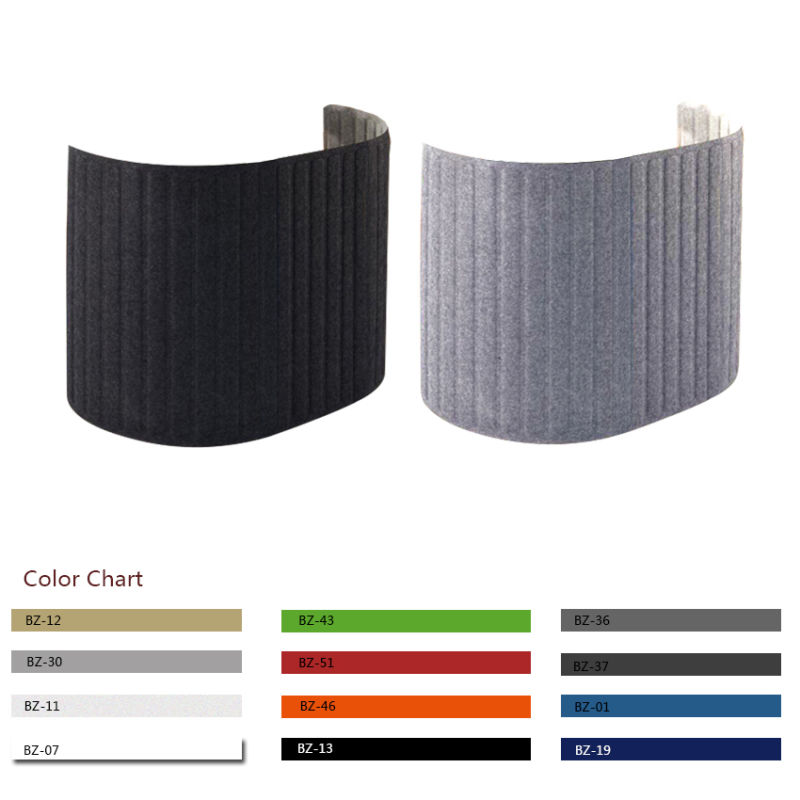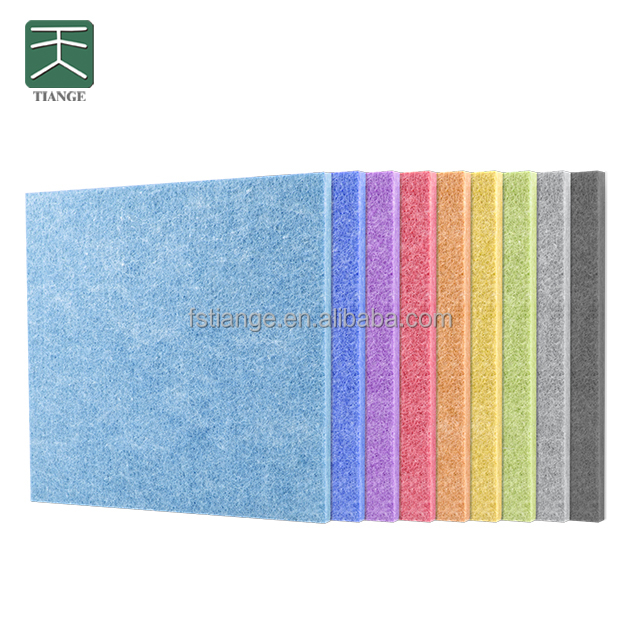Carpet Soundproofing Effectiveness
Carpet soundproofing is a great way to reduce noise pollution in both commercial and residential buildings. It works by absorbing and isolating sound waves, preventing them from traveling through floors and walls. This type of flooring is especially effective in preventing noise from traveling between floors, such as footsteps, voices, and general background noise.Carpets are made from dense materials that can effectively absorb sound waves, reducing their amplitude and preventing them from being transmitted through the floor. In addition, the thickness of the carpet pad also contributes to the soundproofing effect, as it provides an additional layer of insulation.Overall, carpet soundproofing is a cost-effective and efficient way to reduce noise pollution in buildings. It can improve the quality of life for residents and employees, reducing stress and improving concentration.
In the modern world, noise pollution is a pervasive problem, affecting our lives both at home and in public spaces. One effective solution for reducing noise is through the use of soundproofing materials, such as carpeting. But how effective are carpets in absorbing and reducing noise? This article explores the science behind carpet soundproofing and its impact on our environment and well-being.
Carpet as a Soundproofing Material

Carpets are made from a range of materials, including wool, nylon, and polyester, which possess different soundproofing qualities. The efficacy of carpet as a soundproofing material depends primarily on its thickness, density, and the material it is made from. Thick and dense materials are generally more effective at absorbing sound waves, reducing noise transmission. Additionally, the way the carpet is installed—such as its tightness to the floor—also affects its soundproofing capabilities.
Science of Soundproofing
Soundproofing materials work by absorbing or reflecting sound waves. When sound waves hit a surface, they can be absorbed or reflected, depending on the material's properties. Materials that are good at absorbing sound are said to have high sound absorption coefficients. These materials convert sound energy into heat energy, effectively reducing noise levels. On the other hand, materials that reflect sound do so by bounced the waves off the surface, reducing their intensity.
Carpets and Their Impact on Soundproofing
Carpets, especially those made from dense and thick materials, are effective at absorbing sound waves. The fibers in the carpet's pile trap the sound waves, converting them into heat, and reducing the noise level. This effect is particularly noticeable in homes with hardwood floors, as the absence of carpeting can lead to more noise traveling through the floorboards. By providing an additional layer of sound absorption, carpets contribute to a more peaceful and quiet environment.

Environmental and Health Benefits
The benefits of carpet soundproofing extend beyond noise reduction. By absorbing sound, carpets also help reduce pollution levels indoors, which can have significant positive impacts on our health and well-being. Less noise pollution means lower stress levels and improved sleep quality for those living in close proximity to noisy sources such as roads or trains. Additionally, reduced noise levels in public spaces such as libraries or offices can lead to improved concentration and productiveness.
Conclusion
In conclusion, carpets play a significant role in soundproofing our homes and public spaces, providing a vital buffer against the pervasive problem of noise pollution. Their efficacy as a soundproofing material is dependent on their thickness, density, and material composition, as well as their installation method. By absorbing sound waves and converting them into heat energy, carpets effectively reduce noise levels, leading to improved environmental quality and better health outcomes for those living and working in these spaces. For those considering installing carpeting in their homes or businesses, it is essential to consider its impact on soundproofing as well as its aesthetic value.
Articles related to the knowledge points of this article:
Title: Mastering the Windsor Knot: A Comprehensive Guide to Tie Knots
Feathered Dreams and Broken Holes: The Story of a Torn-Up Jacket
Childrens Down Jacket Brands: A Guide to the Best Options for Your Kids



